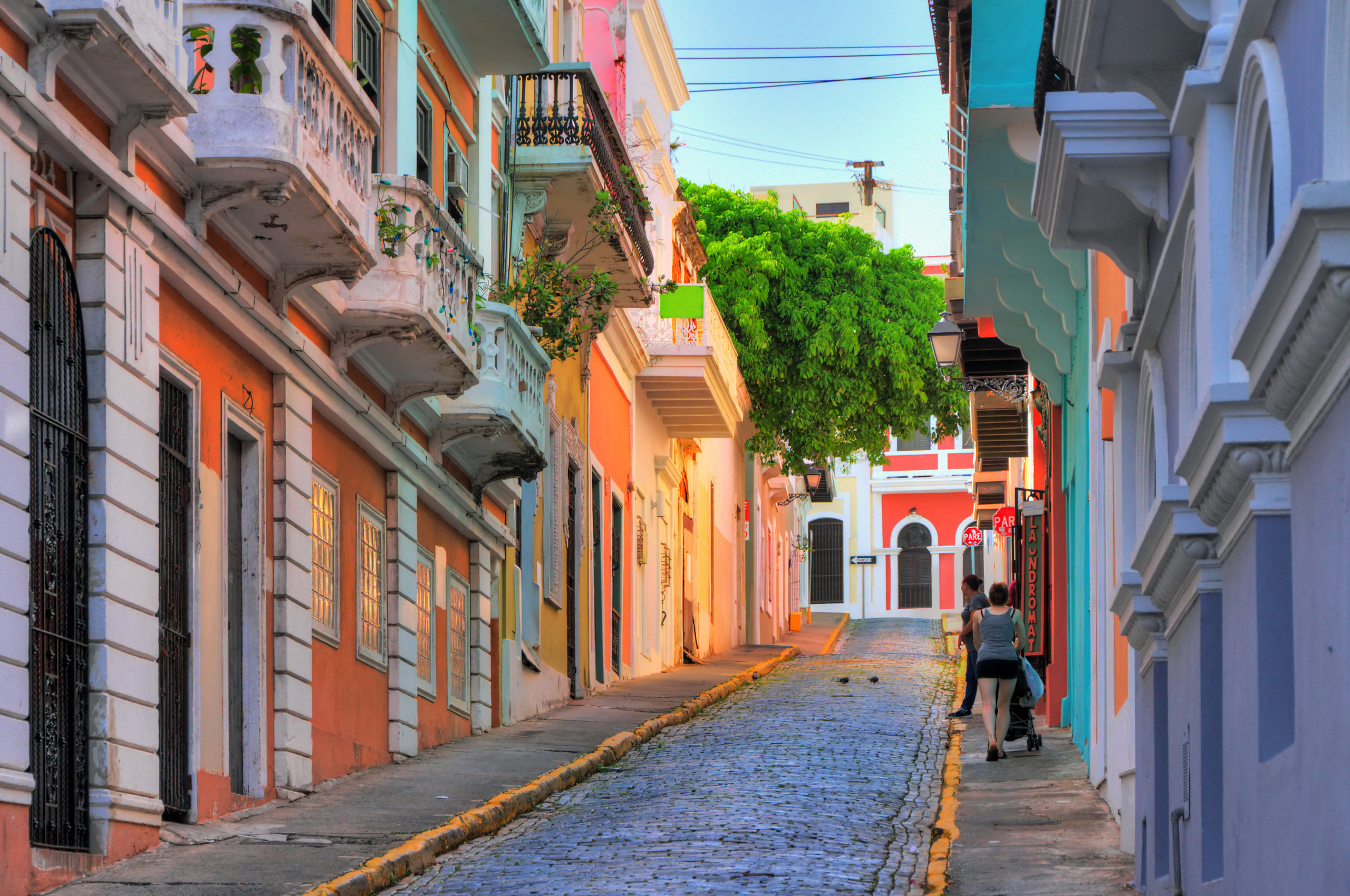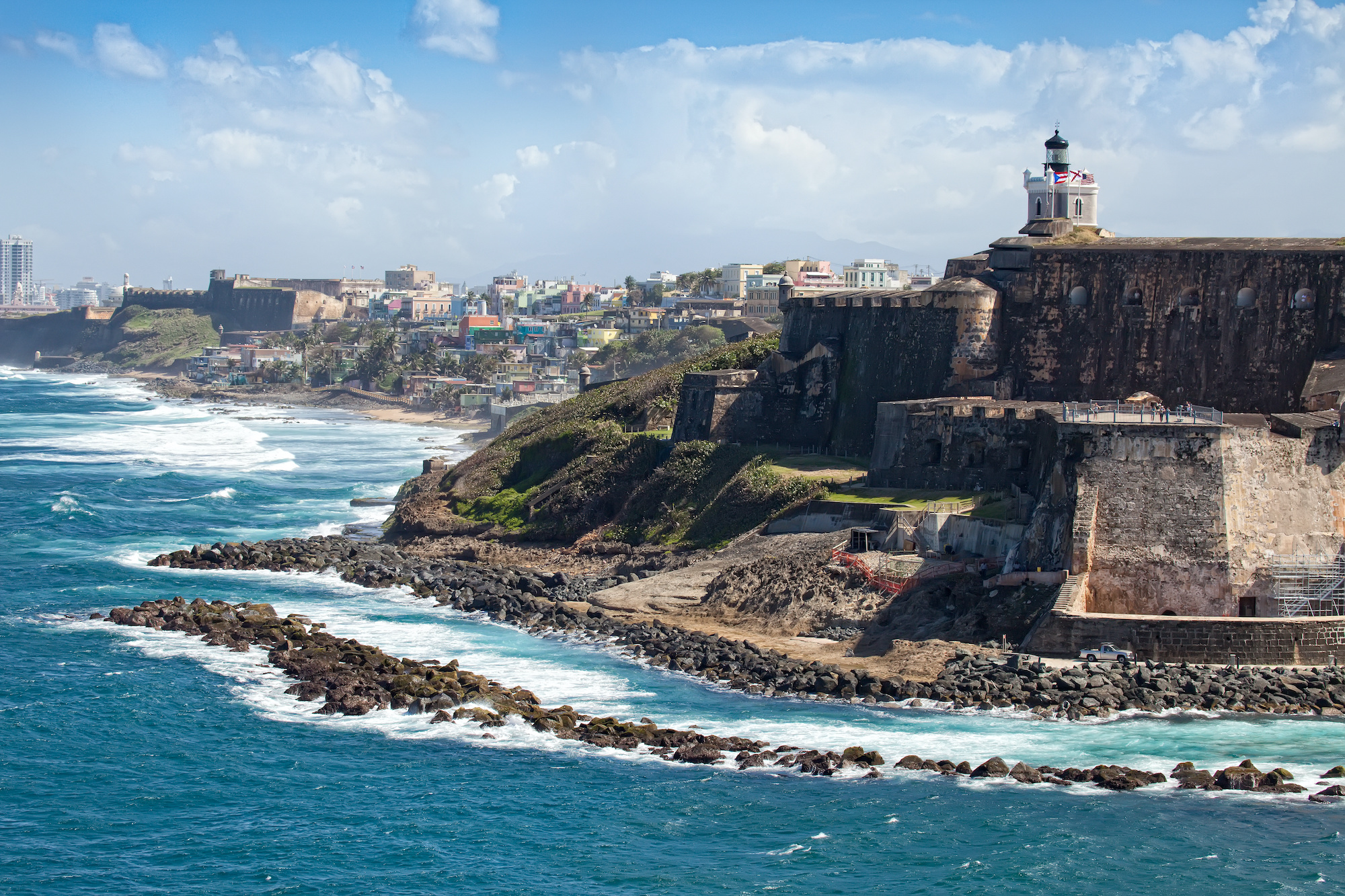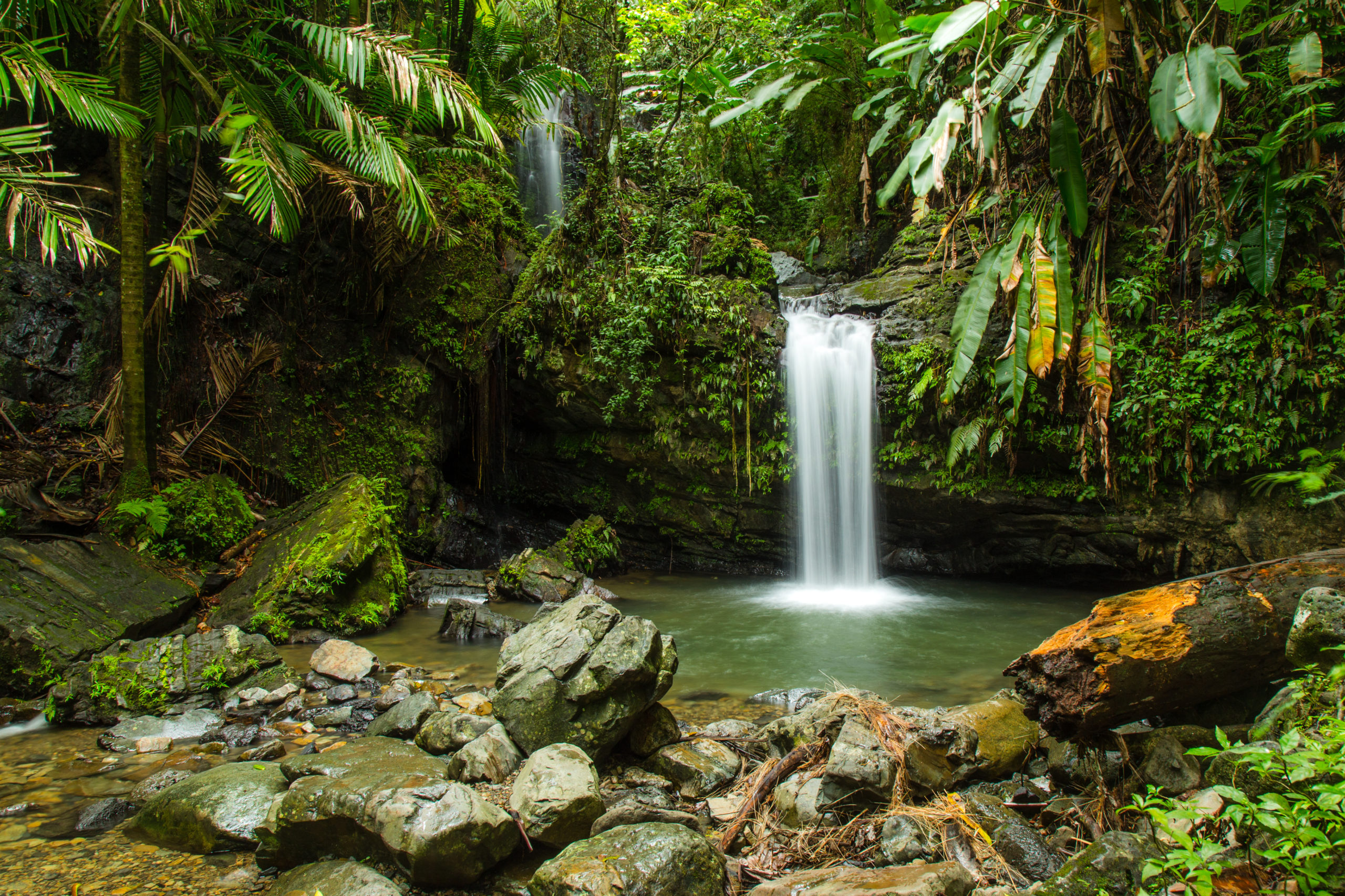20 Cool Facts About Puerto Rico to Know Before You Visit

Are you the type of traveler who wants to learn everything you can about your destination? If you love to learn about history, culture, and culinary traditions, Puerto Rico is the ideal spot to visit. Get to know the Isle of Enchantment’s rich traditions, natural wonders, and culinary treasures before your trip! Check out these 20 interesting facts about Puerto Rico.
General Travel Facts
- The official languages of the island are Spanish and English, although Spanish is the most widely spoken by residents.
- The official currency is the U.S. dollar, referred to as “peso” or “dolar” by locals.
- American citizens don’t need a passport to travel to Puerto Rico.
- Approximately 5 million visitors flock to San Juan each year to explore the island’s history, landscapes, and beaches.
- Puerto Rico has warm, tropical weather year-round, with the temperature generally staying between 70 and 80 degrees Fahrenheit throughout most of the island. (Wondering what the weather will be like during your trip? Check out our guide to the best times of year to visit.)

History & Geography
- The Commonwealth of Puerto Rico, as it’s officially named, is located in the Caribbean Sea, west of the British and U.S. Virgin Islands and east of the Dominican Republic. It consists of the main island of Puerto Rico, Vieques, Culebra, and several smaller islands.
- The island is densely populated, with approximately 3.2 million inhabitants in its 5,515 square miles. For context, Puerto Rico is around the size of Connecticut and has the third-highest population density in the U.S.
- The first inhabitants on the island were the Taínos, a indigenous group of people who lived on the island for centuries before the arrival of European colonists. The Taínos named the island “Boriquen.”
- The name “Puerto Rico” (rich port) refers to the abundance of gold that Spanish colonists found on the island.
- The Catedral de San Juan is the final resting place of Juan Ponce de León, known for leading the first European expedition to Florida and being the first governor of Puerto Rico.
- Puerto Rico is a commonwealth of the United States. Spain ceded Puerto Rico to the U.S. under the 1898 Treaty of Paris, which ended the Spanish-American War. Puerto Rico officially became an unincorporated territory of the United States in 1917 with the Jones Shafroth Act, which granted Puerto Ricans U.S. citizenship.
- Puerto Ricans can have dual citizenship — U.S. citizenship and Puerto Rico citizenship — if they were born on the island or have one parent born on the island.

Culture & Sightseeing
- For more than 50 years, Puerto Rico was home to the Arecibo Observatory, the largest single-aperture telescope in the world. You may have seen it in films like “GoldenEye.” For decades, it was used to explore our atmosphere, study distant planets and asteroids, and more. It could detect faint pulses and radio waves emitted from objects in space. Sadly, the telescope suffered a collapse in 2020 and was decommissioned due to safety concerns.
- The capital city of San Juan is full of historic landmarks to explore, like Castillo San Felipe del Morro, one of the largest fortifications built in the Caribbean in the 16th century; Castillo San Cristóbal, a 27-acre fortress; and Casa Blanca, the oldest residence in San Juan, which was originally built for Juan Ponce de León and is now a museum.

Nature
- One of the most famous natural attractions on the island is El Yunque National Forest, the only rainforest in the U.S. National Forest Service. It’s full of wonders around every corner, including striking waterfalls, natural pools, hiking trails, and an abundance of wildlife.
- You’ve probably already heard of Puerto Rico’s most popular native animal, the coquí. These tiny frogs (typically measuring 1.3 to 1.6 inches in length) are known for their distinctive call, which can be heard throughout Puerto Rico at night as they search for insects in the trees.
- The island is home to some of the most beautiful beaches in the world, like Playa Flamenco, which is consistently ranked among the best in the Caribbean and the world.

Food & Drink
- The piña colada is the national drink of Puerto Rico, and it was invented right here on the island. While the exact origin is hotly debated, most accounts agree on the fact that it was created in San Juan.
- Casa Bacardi, located in Cataño, is the largest rum distillery in the world, producing more than 100,000 liters of rum daily.
- The national dish is arroz con gandules, rice with pigeon peas. While it’s typically consumed on Christmas Eve, you can find it at restaurants year-round. Pigeon peas give the dish a distinctive crunch, and the flavor is elevated by sofrito and salted pork.
Now that you know all the places to visit and culinary treats you have to try, start planning all the fun experiences you want to enjoy during your trip! Find all the best tours and activities in Puerto Rico.
